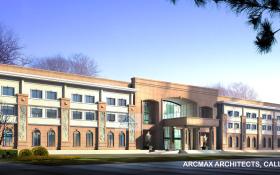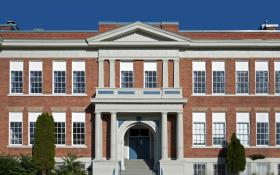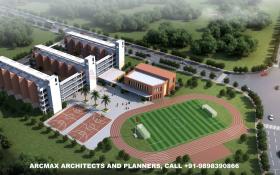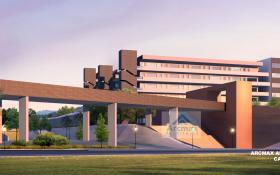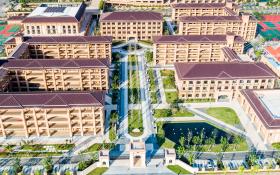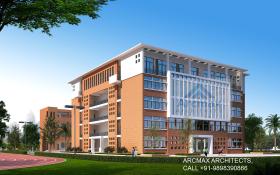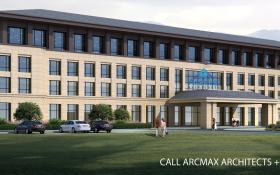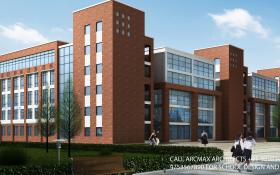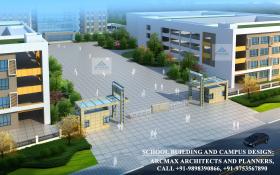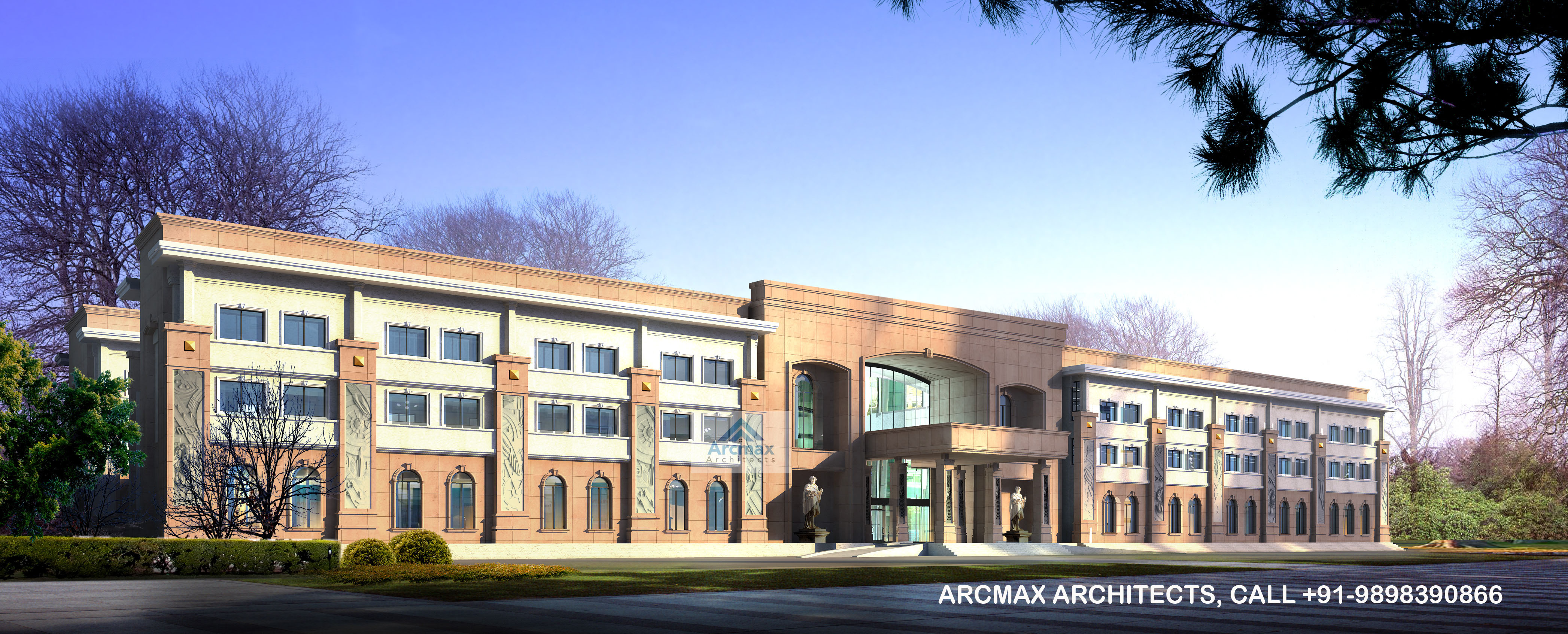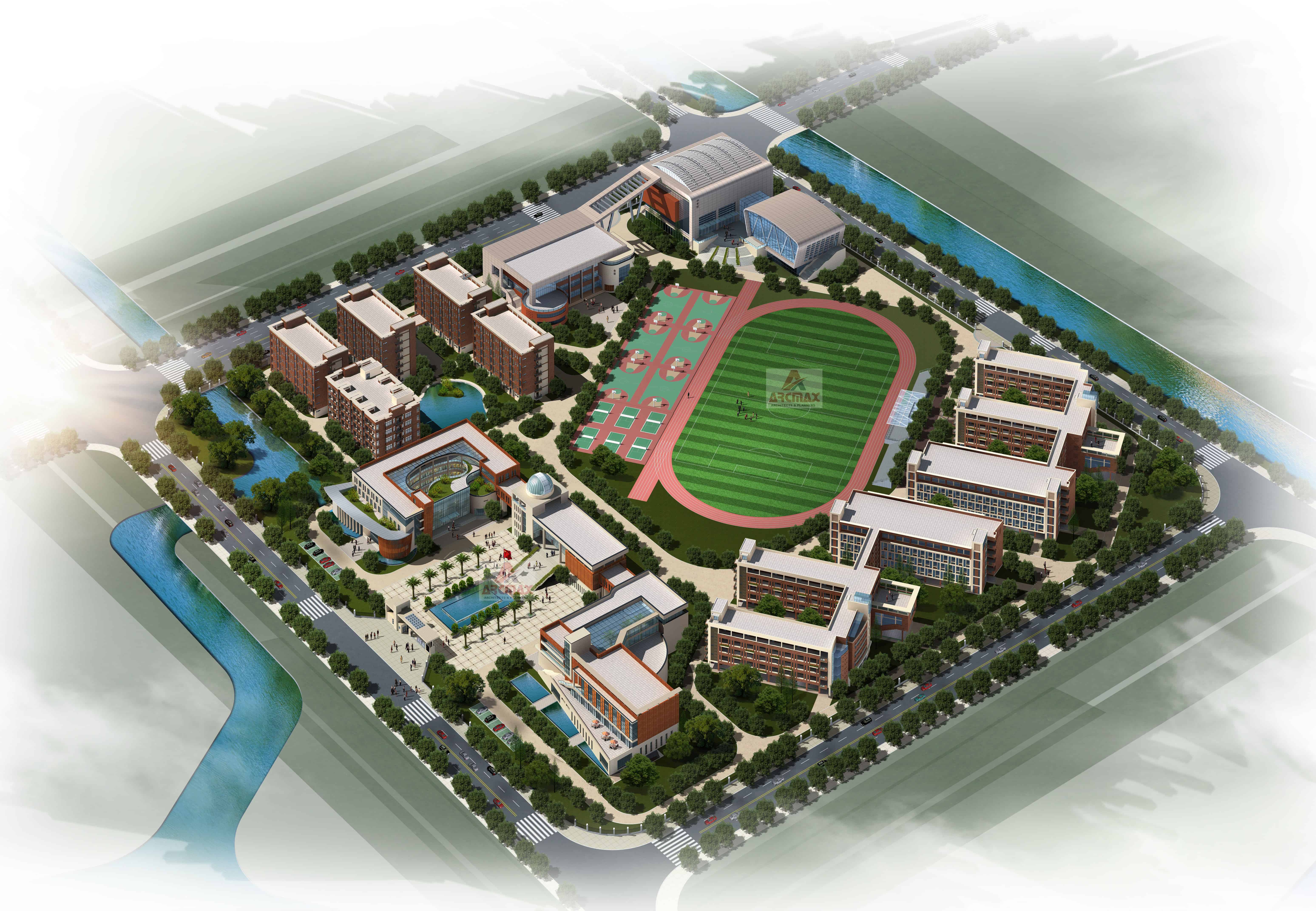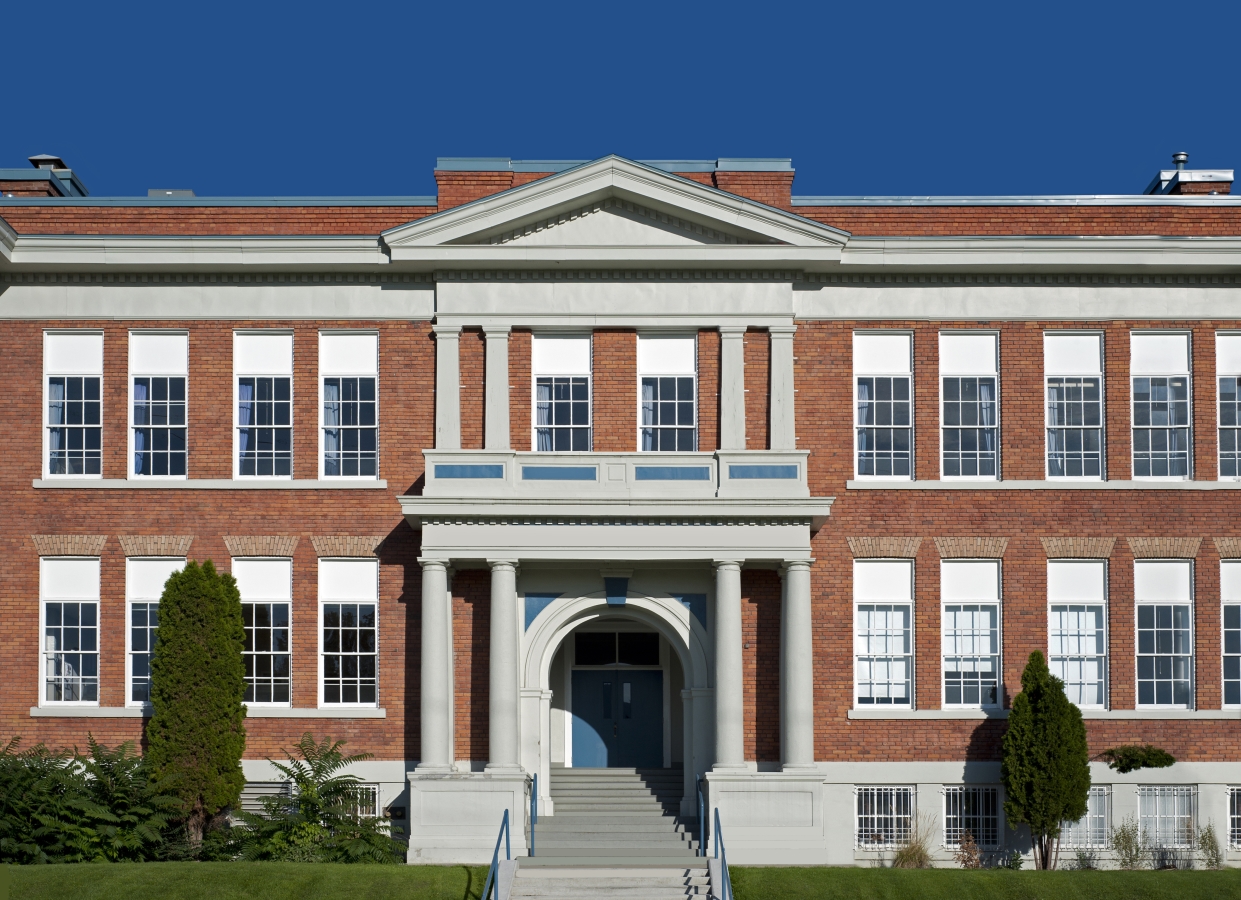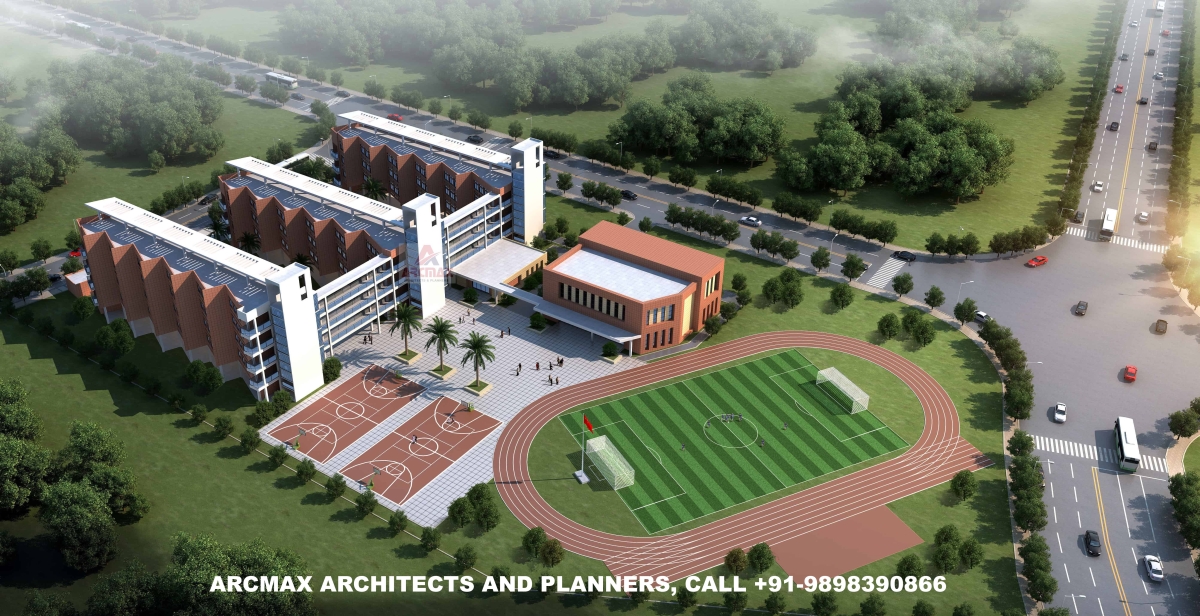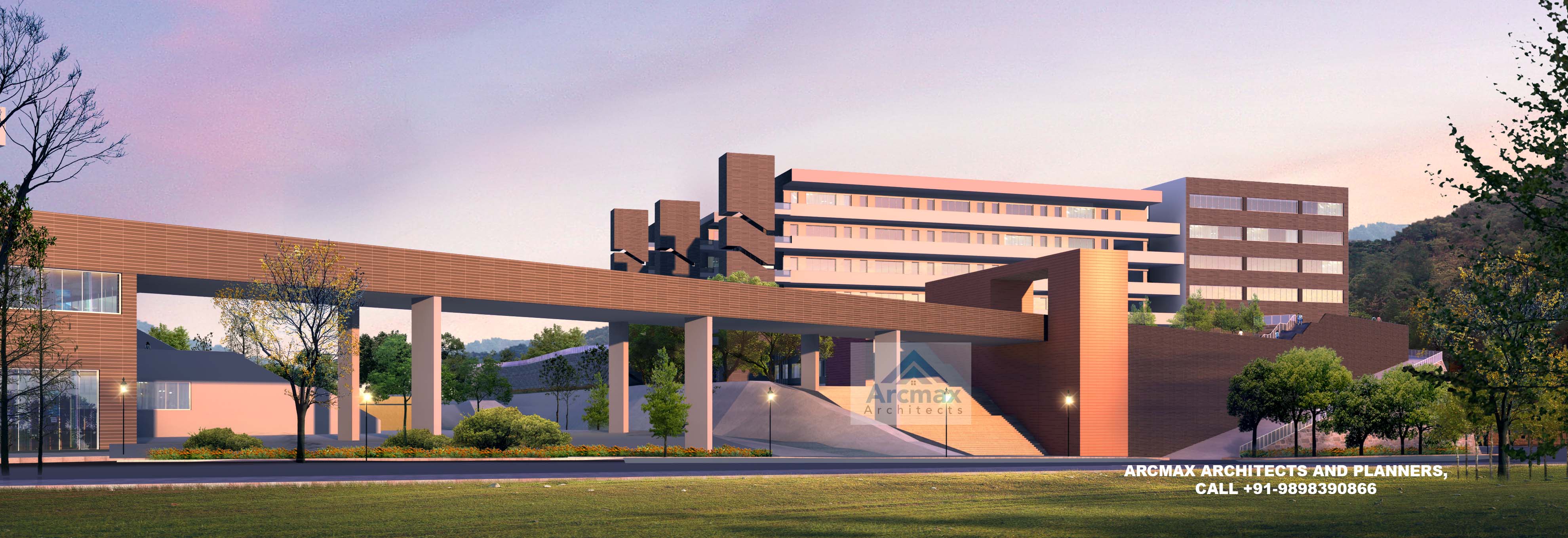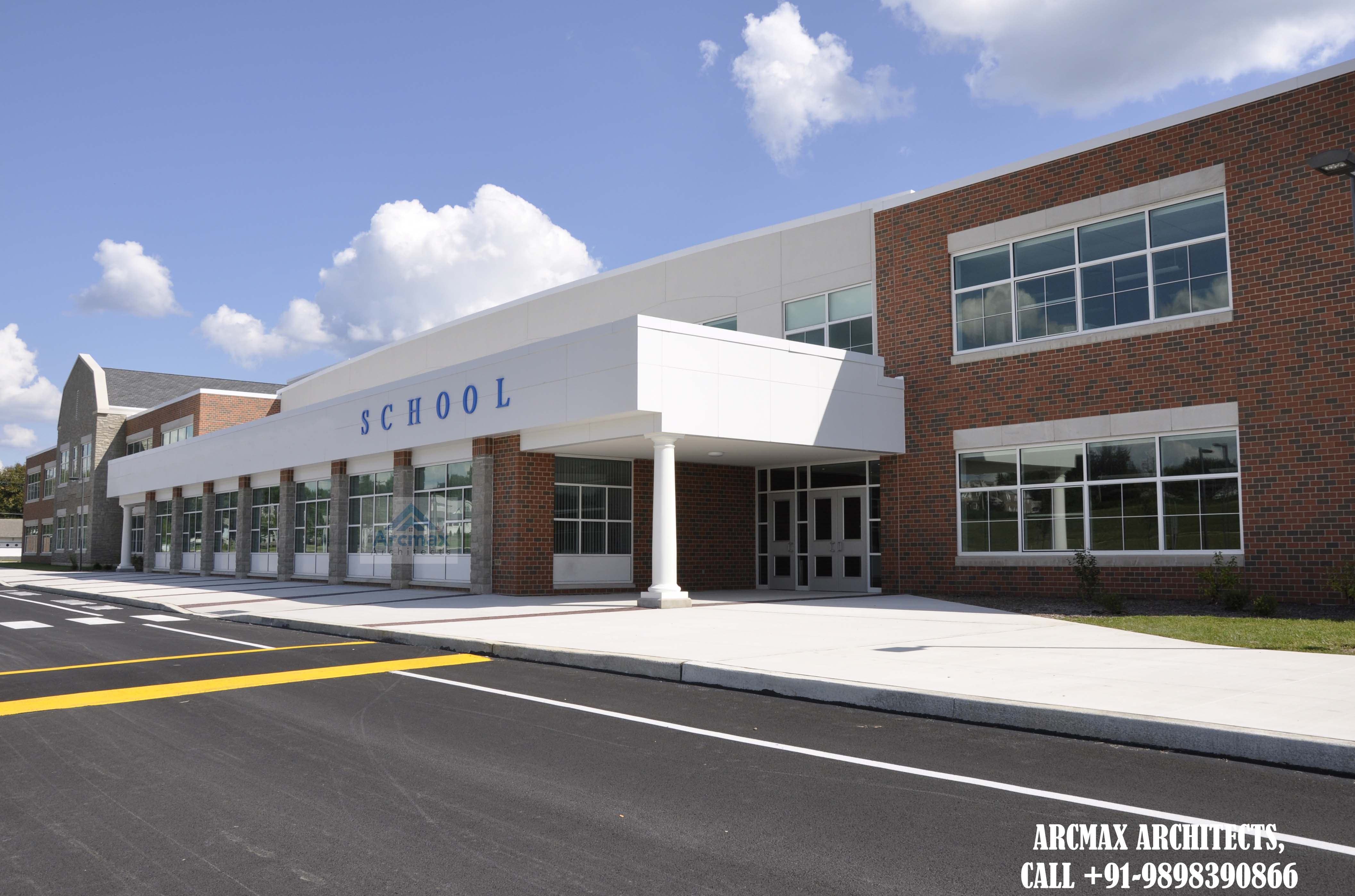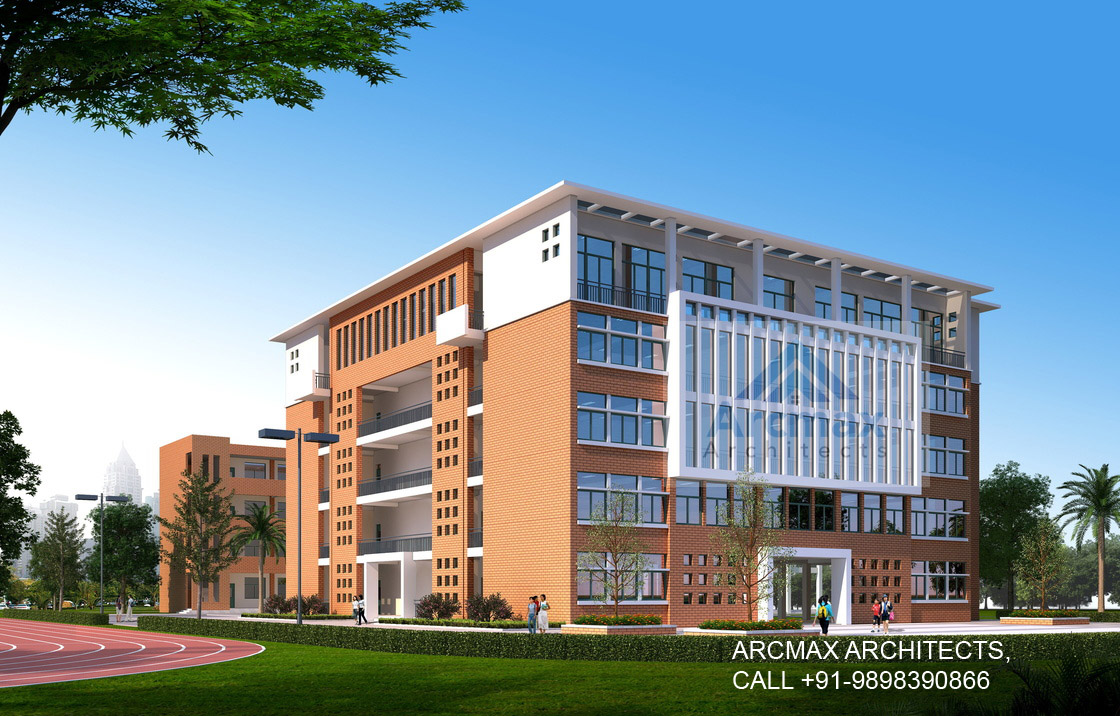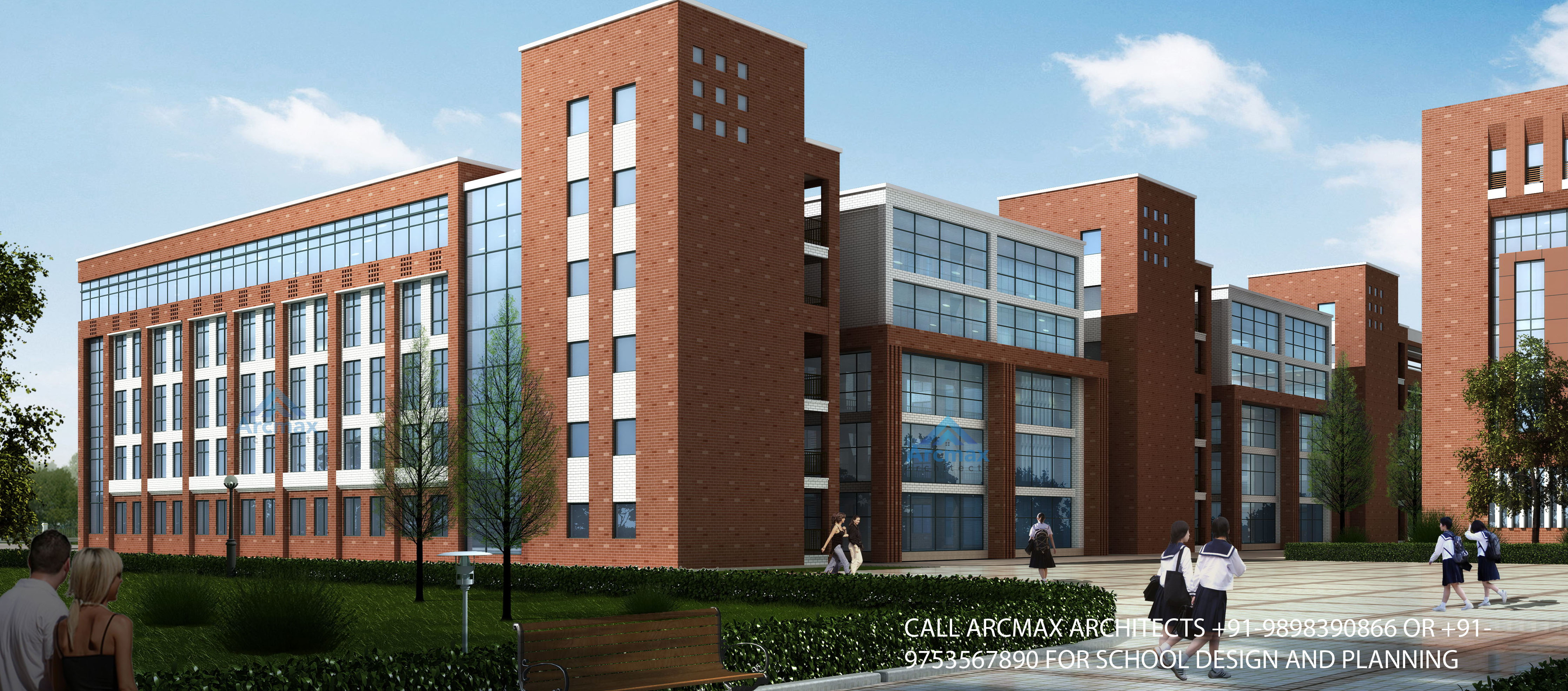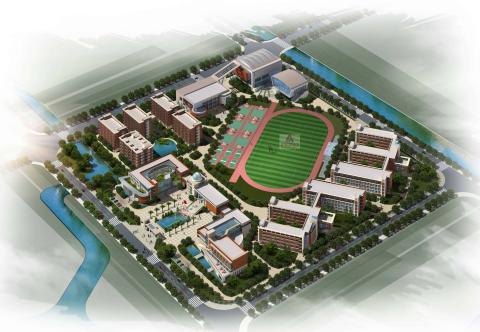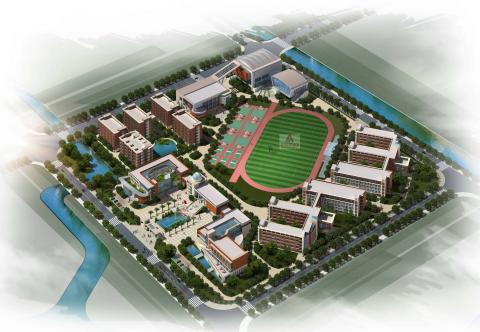
Searching for Modern Residential School Design Architects in India,United states and United Kingdom ? Hire Us Today or call +91-9898390866 for school design and School Planning in India, USA and UK
Innovative Design Solutions for Modern Residential Schools: Enhancing Learning Environments
Innovative Design Solutions for Modern Residential Schools: Enhancing Learning Environments
Creating a conducive learning environment is crucial for the holistic development of students. Modern residential schools are transforming their design strategies to enhance the overall educational experience. By embracing innovative design solutions, these schools are creating spaces that inspire creativity, foster collaboration, and promote academic excellence.
In today's article, we explore the remarkable impact of design on learning environments in residential schools. From flexible classrooms that adapt to different teaching methods to common areas that encourage social interaction, these spaces are designed with intentionality and purpose.
With a focus on incorporating natural light, ergonomic furniture, and advanced technology, architects and educators are revolutionizing the way students learn. The integration of sustainable practices is also a key aspect, as schools are keen on reducing their carbon footprint and instilling environmental values in students.
Join us as we delve into the world of innovative design solutions for modern residential schools and discover how they are revolutionizing the education sector. Get ready to be inspired by the power of architecture in creating engaging and dynamic learning environments that bring out the best in students.
Keywords: innovative design solutions, modern residential schools, learning environments, holistic development, educational experience, creativity, collaboration, academic excellence, flexible classrooms, social interaction, natural light, ergonomic furniture, advanced technology, sustainable practices, revolutionizing education, power of architecture.
Importance of school campus design
The design of a school campus plays a vital role in shaping the learning experience for students. It goes beyond aesthetics and focuses on creating an environment that promotes engagement, productivity, and overall well-being. A well-designed campus can positively impact students' motivation, behavior, and academic performance.
One key aspect of school campus design is the layout and arrangement of classrooms. Flexible classrooms have gained popularity in modern residential schools due to their ability to adapt to different teaching methods. These classrooms are equipped with movable furniture and versatile learning spaces that can be rearranged to accommodate various activities. This flexibility allows teachers to create dynamic learning environments that cater to different learning styles and promote active participation.
Factors to consider in school campus design
Designing an effective learning environment requires careful consideration of various factors. Firstly, the use of natural light is essential in creating a positive and stimulating atmosphere. Studies have shown that exposure to natural light improves students' mood, productivity, and overall well-being. Incorporating large windows, skylights, and light wells can maximize the use of natural light and create a bright and inviting space for learning.
Another crucial factor to consider is the choice of furniture. Ergonomic furniture is essential for students' comfort and posture, as it promotes proper alignment and reduces the risk of musculoskeletal disorders. Adjustable desks and chairs, as well as seating options that cater to different learning preferences, should be incorporated into the classroom design.
In addition to natural light and ergonomic furniture, the integration of advanced technology is also a key consideration. Interactive whiteboards, digital projectors, and audiovisual systems can enhance the learning experience and foster digital literacy skills. Providing students with access to cutting-edge technology prepares them for the digital age and equips them with the necessary skills for future success.
Designing functional and aesthetically pleasing classrooms: call +91-9898390866
Functional and aesthetically pleasing classrooms are essential for creating a positive and inspiring learning environment. Classroom design should prioritize effective use of space, organization, and accessibility. Adequate storage solutions, such as shelves and cabinets, should be incorporated to keep the classroom clutter-free and organized.
Furthermore, the use of colors and visual elements can significantly impact students' mood and engagement. Warm and inviting colors, such as shades of blue and green, promote a sense of calmness and focus. Wall displays showcasing student work and educational posters can also contribute to a visually stimulating environment.
To promote collaboration and interaction among students, classroom design should include flexible seating arrangements. Group tables, bean bags, and floor cushions provide students with options for collaborative work, while individual desks or study carrels allow for focused individual work. The combination of different seating options caters to diverse learning preferences and encourages students to work together.
Creating versatile and collaborative spaces for students
Apart from classrooms, modern residential schools are incorporating versatile and collaborative spaces throughout the campus. These spaces serve as common areas where students can gather, interact, and engage in group activities. Designing these spaces with flexibility in mind allows for various uses, such as project presentations, group discussions, or even relaxation areas.
One example of a versatile space is the learning commons, which combines traditional library resources with modern technology and collaborative workspaces. These areas provide students with access to a wide range of resources, including books, e-books, online databases, and multimedia materials. Comfortable seating options, group study rooms, and multimedia stations encourage students to explore, create, and collaborate.
Outdoor learning environments also play a crucial role in promoting holistic development and connecting students with nature. Green spaces, gardens, and outdoor classrooms provide a refreshing change of scenery and opportunities for hands-on learning. These spaces not only support academic subjects such as science and environmental studies but also foster physical activity, creativity, and a sense of well-being.
Incorporating outdoor learning environments
Outdoor learning environments offer a unique opportunity for students to engage with nature and learn in a different setting. Schools can incorporate gardens, nature trails, and outdoor classrooms to encourage hands-on learning and exploration. These spaces provide a break from traditional indoor classrooms and allow students to connect with the natural world.
Gardens, in particular, offer numerous benefits for students. They provide opportunities for hands-on learning about plants, ecosystems, and sustainable practices. Gardening activities can teach students valuable skills such as teamwork, responsibility, and patience. Additionally, gardens create a calming and peaceful environment, promoting relaxation and reducing stress levels.
Outdoor classrooms, on the other hand, provide a dynamic and interactive learning space. These classrooms can be designed with natural materials, such as logs, stones, and plants, to create a seamless integration with the surrounding environment. Students can engage in group discussions, experiments, and observations while enjoying the fresh air and natural surroundings.
Safety and security considerations in school campus design: call +91-9898390866
Innovative design solutions for modern residential schools must prioritize safety and security. School campuses must be designed to ensure the well-being and protection of students and staff. This includes implementing measures such as secure entrances, surveillance systems, and emergency response plans.
Physical security measures, such as controlled access points and perimeter fencing, help regulate access to the campus and prevent unauthorized entry. Surveillance systems, including CCTV cameras and alarms, can deter potential threats and provide a sense of security. Additionally, emergency response plans should be in place to address potential incidents and ensure the safety of everyone on campus.
Designing safe and secure learning environments goes beyond physical measures. It also involves promoting a culture of safety and fostering a sense of community. Schools can implement programs that educate students and staff about safety protocols, emergency procedures, and personal well-being. Creating a supportive and inclusive environment where students feel safe and valued is essential for their overall development.
Integrating technology into school buildings
The integration of technology into school buildings is a key aspect of modern residential school design. Advanced technology not only enhances the learning experience but also prepares students for the digital age. Schools are incorporating state-of-the-art infrastructure, such as high-speed internet connectivity, smart boards, and computer labs, to facilitate digital learning.
Smart classrooms equipped with interactive whiteboards and digital projectors allow for engaging and interactive lessons. These technologies enable teachers to incorporate multimedia resources, online educational platforms, and virtual simulations into their teaching. Students can actively participate in lessons, collaborate on projects, and access a wealth of digital resources.
Furthermore, the use of technology extends beyond the classroom. Schools are incorporating digital libraries and online learning platforms to provide students with access to a vast range of educational materials. E-books, e-journals, and online databases offer opportunities for self-directed learning and research. By integrating technology into school buildings, modern residential schools are equipping students with the necessary skills for the digital era.
Sustainability and green design in school campus planning
In recent years, there has been a growing emphasis on sustainability and green design in school campus planning. Schools are recognizing the importance of reducing their carbon footprint and instilling environmental values in students. Sustainable design practices not only benefit the environment but also provide cost savings and promote health and well-being.
One aspect of sustainable design is energy efficiency. Schools are incorporating features such as solar panels, energy-efficient lighting, and smart HVAC systems to reduce energy consumption. Implementing these measures not only lowers operational costs but also educates students about the importance of energy conservation.
Water conservation is another critical aspect of sustainable design. Schools are implementing rainwater harvesting systems, water-efficient fixtures, and landscaping practices that minimize water usage. Teaching students about the importance of water conservation and responsible water usage is an integral part of their environmental education.
Green spaces and gardens also contribute to sustainable design. These spaces provide opportunities for biodiversity, carbon sequestration, and stormwater management. Schools can create pollinator gardens, vegetable gardens, and native plant landscapes to encourage ecological balance and promote environmental stewardship.
Case studies of successful school campus designs
To gain a better understanding of innovative design solutions in modern residential schools, let's examine a few case studies. These examples showcase the remarkable impact of design on learning environments and highlight the potential of well-designed spaces to enhance educational experiences.
Case Study 1: Edify School
Edify school transformed its traditional classrooms into flexible learning spaces that promote collaboration and creativity. The school incorporated movable furniture, writable walls, and technology integration to create versatile classrooms. Students can easily rearrange furniture and work together on projects, fostering a sense of ownership and engagement.
Case Study 2: EQURA School
EQURA School prioritized sustainability in its campus design. The school implemented solar panels, rainwater harvesting systems, and green roofs to reduce its environmental impact. Additionally, outdoor learning spaces, such as a butterfly garden and an outdoor amphitheater, provide students with opportunities for hands-on learning and connection with nature.
Case Study 3: k-12 School
k-12 School focused on creating visually stimulating classrooms to enhance student engagement. The school used a combination of bright colors, educational posters, and interactive technology to create a vibrant and dynamic learning environment. The classrooms are designed to inspire creativity and foster a love for learning.
Conclusion: The future of school campus design
As we have explored here, innovative design solutions are revolutionizing the learning environments in modern residential schools. From flexible classrooms to outdoor learning spaces, these spaces are designed to inspire creativity, foster collaboration, and promote academic excellence.
The future of school campus design lies in creating spaces that prioritize functionality, aesthetics, and sustainability. Schools must continue to embrace innovation and adapt to the changing needs of students and educators. By incorporating natural light, ergonomic furniture, advanced technology, and sustainable practices, modern residential schools can create engaging and dynamic learning environments that bring out the best in students.
Join us as we continue to explore the fascinating world of design and its impact on education. The journey towards enhancing learning environments is an ongoing one, and we look forward to discovering new and innovative solutions that will shape the future of education.
call +91-9898390866 for Innovative school building design and planning in India, United states and United Kingdom
Modern Residential School Design Architects in India,Modern Residential School Design Architects in united states,Modern Residential School Design Architects in united kingdom,Modern Residential School Design Architects in south africa,Modern Residential School Design Architects in west africa,Modern Residential School Design Architects in delhi,Modern Residential School Design Architects in mumbai,Modern Residential School Design Architects in hyderabad,Modern Residential School Design Architects in Indore,Modern Residential School Design Architects in bhopal,Modern Residential School Design Architects in ahmedabad,Modern Residential School Design Architects in chennai,Modern Residential School Design Architects in raipur,Modern Residential School Design Architects in nagpur,Modern Residential School Design Architects in agra,Modern Residential School Design Architects in jhansi,school design and planning,school campus design,school plans

